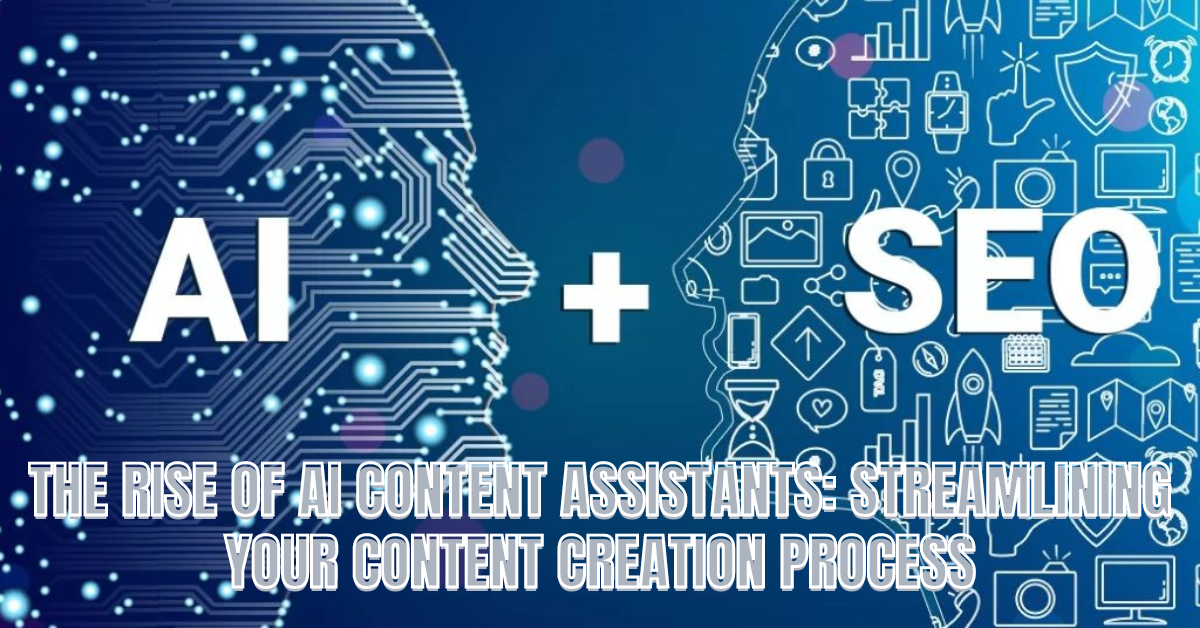Optimizing your website for search engines is a crucial aspect of digital marketing that can significantly impact your online visibility, traffic, and overall success. Search Engine Optimization (SEO) involves various strategies and practices aimed at improving your website’s ranking on search engine results pages (SERPs). Here are seven key things to keep in mind while optimizing your website for search engines:
1. Quality Content
Content is king in the world of SEO. To create quality content:
Research: Provide value to your readers by answering their questions and solving their problems.
Engage Your Audience: Write in a way that is engaging and easy to understand.
Fresh Content: Keep your content fresh and relevant by updating it regularly. This not only helps in maintaining your search engine ranking but also keeps your audience engaged.
2. Keywords
Keywords are the terms and phrases that people use to search for information online. Proper keyword usage is essential for SEO:
Conduct Keyword Research: Use tools like Google Keyword Planner, Ahrefs, or SEMrush to identify relevant keywords for your content.
Strategic Placement: Use keywords strategically throughout your website, including in titles, headings, meta descriptions, and within the content itself.
Long-Tail Keywords: Focus on long-tail keywords (phrases with three or more words) as they are often less competitive and can attract more targeted traffic.
3. On-Page SEO
On-page SEO involves optimizing various elements within individual web pages to enhance their visibility and relevance to search engines.
Title Tags: Create unique and descriptive title tags for each page, incorporating relevant keywords.
Meta Descriptions: Write compelling meta descriptions that accurately describe the content of the page and include keywords. Before updating into web pages, check it with the meta title and description checker to keep its length to the prescribed limit. Header Tags: Use header tags (H1, H2, H3) to structure your content and highlight important sections.
Alt Text for Images: Include descriptive alt text for all images to improve accessibility and help search engines understand the content of your images.
Clean URLs: Ensure your URLs are clean and include relevant keywords.
4. Mobile Optimization
Mobile optimization is crucial as more users access the internet via mobile devices, and search engines prioritize mobile-friendly websites.
Responsive Design: Use responsive design techniques to ensure your website adjusts seamlessly to different screen sizes.
Mobile Usability: Test your website on various mobile devices to ensure it is user-friendly. Pay attention to load times, navigation, and overall usability.
Google’s Mobile-First Indexing: Google uses mobile-first indexing, meaning it predominantly uses the mobile version of your site for ranking and indexing. Ensure your mobile site is optimized just as well as your desktop version.
5. Page Speed
Page speed is a critical factor that affects both user experience and search engine rankings, with faster websites generally performing better.
Optimize Images: Compress images without sacrificing quality to reduce load times.
Leverage Browser Caching: Use browser caching to store static files, reducing the need for repeated requests to the server.
Content Delivery Network (CDN): Utilize a CDN to distribute your content across multiple servers worldwide, ensuring faster load times for users regardless of their location.
6. Backlinks
Backlinks (links from other websites to your site) are a major factor in search engine ranking:
Quality Over Quantity: A few high-quality links are more valuable than many low-quality ones.
Earn Links Naturally: Create valuable content that others will want to link to.
Avoid Black-Hat Tactics: Steer clear of black-hat tactics like buying links or using link farms, as these can lead to penalties from search engines.
7. User Experience
Providing a positive user experience is essential for both SEO and overall website success:
Easy Navigation: Ensure your website is easy to navigate with a clear and logical structure.
Visual Appeal: Create a visually appealing website with a clean design and high-quality images.
Technical Health: Regularly check for and fix technical issues such as broken links, slow load times, and errors.
Internal Linking: Use internal links to help users and search engines navigate your site. This also helps to spread link equity across your pages.
Conclusion
SEO is an ongoing process that requires continuous monitoring and adjustment. By keeping these seven factors in mind, you can effectively optimize your website for search engines, improve your rankings, and drive more organic traffic. Stay informed about the latest SEO trends and best practices to stay ahead of the competition and maintain your website’s visibility and success.
Featured Image: Image by creativeart on Freepik





